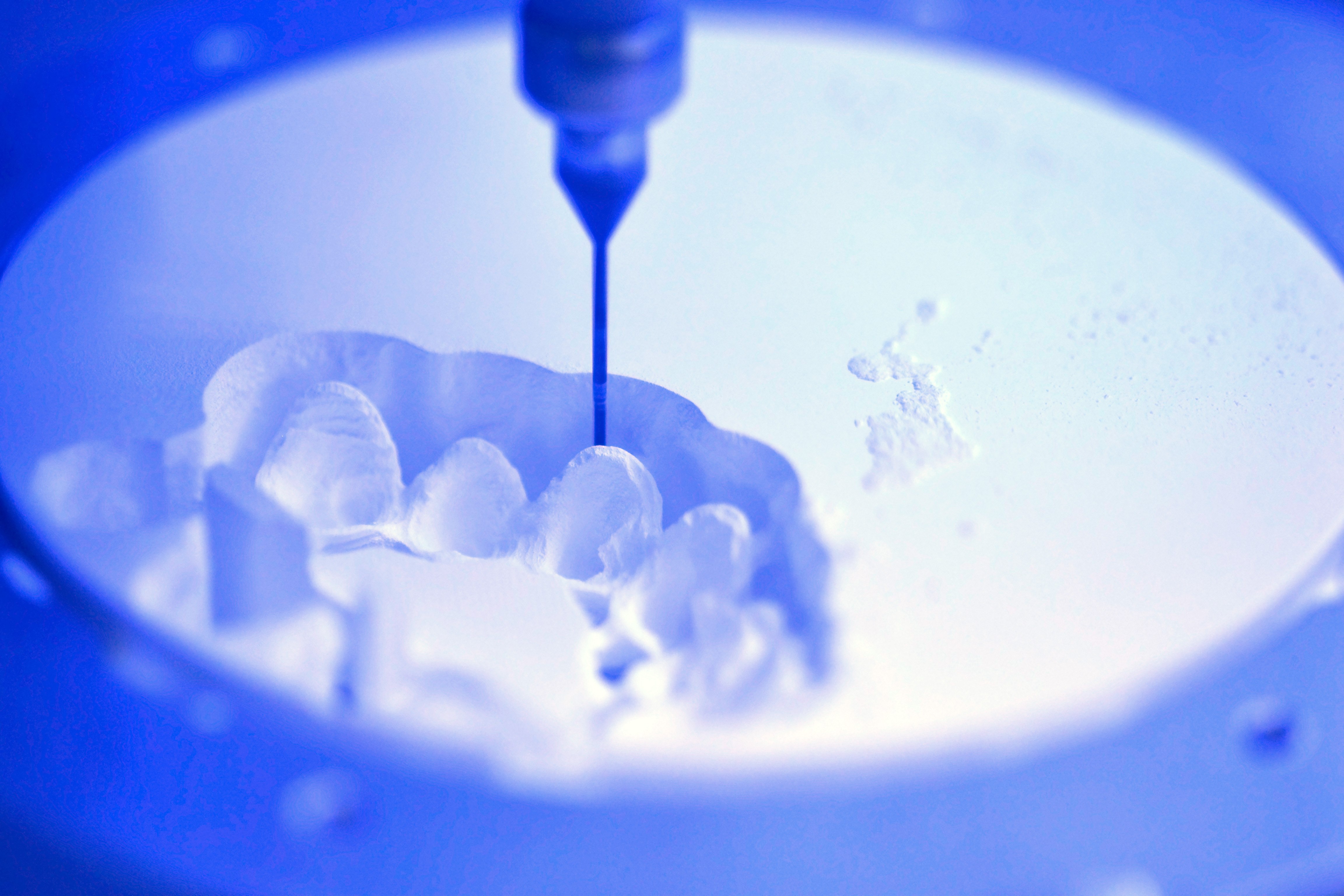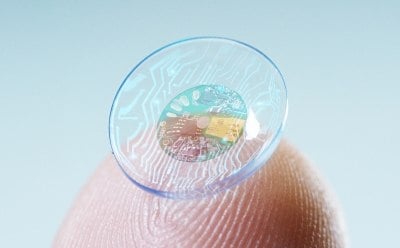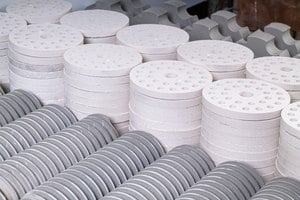Contact Lens & Dental Manufacturing

Contact lens and dental manufacturing are rapidly evolving disciplines using material and manufacturing innovations to improve ophthalmic and oral health. Partner with us to source quality raw materials and obtain supply chain security from scale-up through production with flexible bulk and customization options.
Featured Categories
We provide reliable polymerization tools to initiate and manipulate a chemical reaction of monomers to form polymer chains or networks with specific properties for diverse applications.
We offer a wide range of high-purity salts, including nitrates, oxalates, halides, sulfates, carbonates, and acetates, available in both anhydrous and hydrated forms.
We offer an extensive range of high purity oxides and ceramics with specialized synthesis and purification techniques, and distinct particle sizes.
We offer a comprehensive portfolio of inorganic and metallic nanomaterials, functionalized nanoparticles, and nanomaterial kits for your research needs.

Dental prosthetic device fabrication
Contact Lens Manufacturing
Contact lenses are ophthalmic prosthetic devices used for vision correction, therapeutics, and cosmetic applications. Contact lens are typically produced from polymer- or silicone-hydrogel materials due to their enhanced oxygen and water permeability. Material selection also influences surface smoothness, UV radiation absorption, and resistance to tearing and surface defects. Precision manufacturing technologies have enabled further tailoring of contact lens properties, including molding processes, lathe cutting, and plasma processing. To alleviate adverse effects from infection and inflammation and improve consumer comfort and safety, research is currently focused on developing new monomers, polymer chemistries, and manufacturing methods.
Visit our document search for data sheets, certificates and technical documentation.

Dental Manufacturing
Dental medicine aims to manage oral health, combat and treat oral disease, and correct teeth and jaw misalignment. Dental manufacturing utilizes diverse solid-state and polymeric syntheses, processing, and surface functionalization methods to fabricate materials, products, and equipment used in dentistry. Fillings, caps, crowns, and bridges are made from resin-based composites; glass ionomers and alloys are used for restorative dentistry applications. Dental impressions use alginate materials to form accurate negative molds for 3D models of teeth and soft tissues. Aesthetic dental care applications include teeth bleaching with peroxide compounds and porcelain veneer bonding to teeth with light-cured resin cements.
Research in dental materials is focused on next-generation monomers to enhance flexibility, durability, biocompatibility, and antimicrobial properties. Utilizing computer-aided design (CAD) and computer-aided manufacturing (CAM), custom-fitted dentures, dental implants, and orthodontic devices, can now be made quickly and inexpensively using 3D printing.
Related Articles
- Monomers for ophthalmic use aim for purity, reliability, and comfort, driving innovation for affordable contact lenses.
- We offer a continuously expanding selection of high-purity monomers and polymers for ophthalmic applications, along with a full range of initiators, crosslinkers, dyes, and solvents.
- Innovation in dental restorative materials is driven by the need for biocompatible and natural-appearing restoration alternatives. Conventional dental materials like amalgam and composite resins have inherent disadvantages.
- With dentists placing nearly 100 million dental fillings into patients′ teeth annually in the U.S. alone, polymeric composite restoratives account for a very large share of the biomaterials market.
- ATRP is a successful method for precise polymer synthesis with controlled molecular weights and high chain end functionalities.
- See All (8)
Related Protocols
- We present an article about RAFT, or Reversible Addition/Fragmentation Chain Transfer, which is a form of living radical polymerization.
- RAFT polymerization offers precise control, enabling tailored synthesis of complex polymer structures.
- Polymerization via ATRP procedures demonstrated by Prof. Dave Haddleton's research group at the University of Warwick.
- See All (3)
Find More Articles and Protocols
How Can We Help
In case of any questions, please submit a customer support request
or talk to our customer service team:
Email custserv@sial.com
or call +1 (800) 244-1173
Additional Support
- Chromatogram Search
Use the Chromatogram Search to identify unknown compounds in your sample.
- Calculators & Apps
Web Toolbox - science research tools and resources for analytical chemistry, life science, chemical synthesis and materials science.
- Customer Support Request
Customer support including help with orders, products, accounts, and website technical issues.
- FAQ
Explore our Frequently Asked Questions for answers to commonly asked questions about our products and services.
To continue reading please sign in or create an account.
Don't Have An Account?



